Redrock320
TPF Noob!
- Joined
- Feb 22, 2008
- Messages
- 11
- Reaction score
- 0
- Location
- Denver
- Can others edit my Photos
- Photos NOT OK to edit
I'm thinking about switching to digital from my film SLR. I currently have a Minolta Maxxum 5000i and have the std. lens and a telephoto 70-130mm. I'm a recreational amature photographer. I have the background knowledge for many of the more advanced photo techniques (I used to do all of my own film processing) but I know I'll just use the camera for hiking trips, aireal shots (when I'm flying) and other photo-worthy outings.
I'm more of a landscape type and typically work in B&W but would like to dabble in some partial color work.
My question is: what's the better camera for the money under say $700?
I'm also considering slightly used cameras as well as a platform that I can continue to use my current lenses on (Minolta/Sony).
Any insight into the pros/cons of the likes of the Minolta D5/D7, Cannon XT/XTi, Nikon's, etc. would be greatly appreciated!
Thanks,
I'm more of a landscape type and typically work in B&W but would like to dabble in some partial color work.
My question is: what's the better camera for the money under say $700?
I'm also considering slightly used cameras as well as a platform that I can continue to use my current lenses on (Minolta/Sony).
Any insight into the pros/cons of the likes of the Minolta D5/D7, Cannon XT/XTi, Nikon's, etc. would be greatly appreciated!
Thanks,




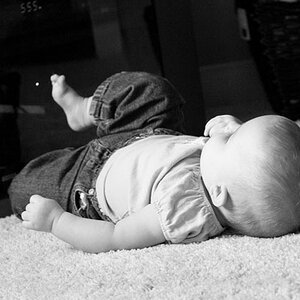
![[No title]](/data/xfmg/thumbnail/30/30888-e7fd3f6ad2e0d85268f086de6d796459.jpg?1619734499)
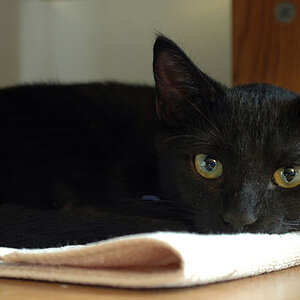
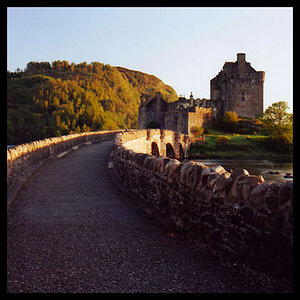

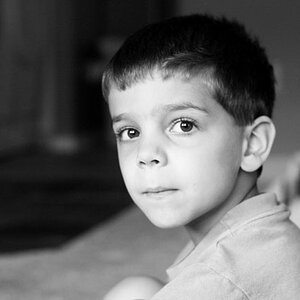
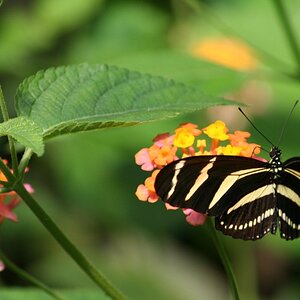

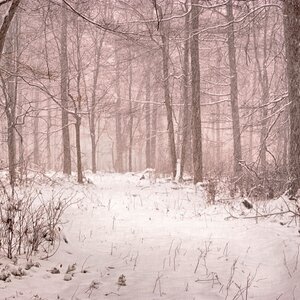
![[No title]](/data/xfmg/thumbnail/30/30889-6a35eb14fac2d7d837d49a6a1757d874.jpg?1619734500)